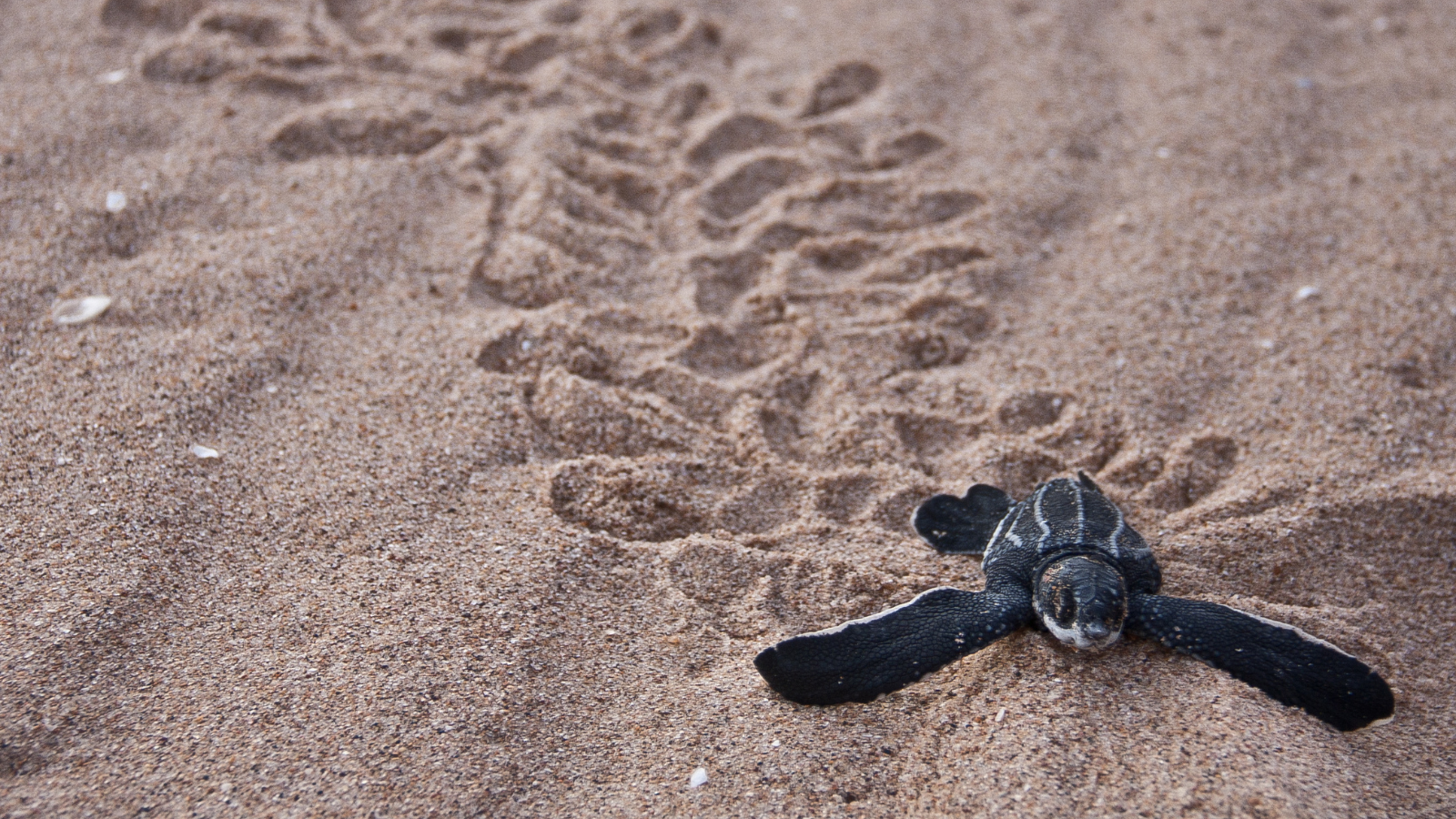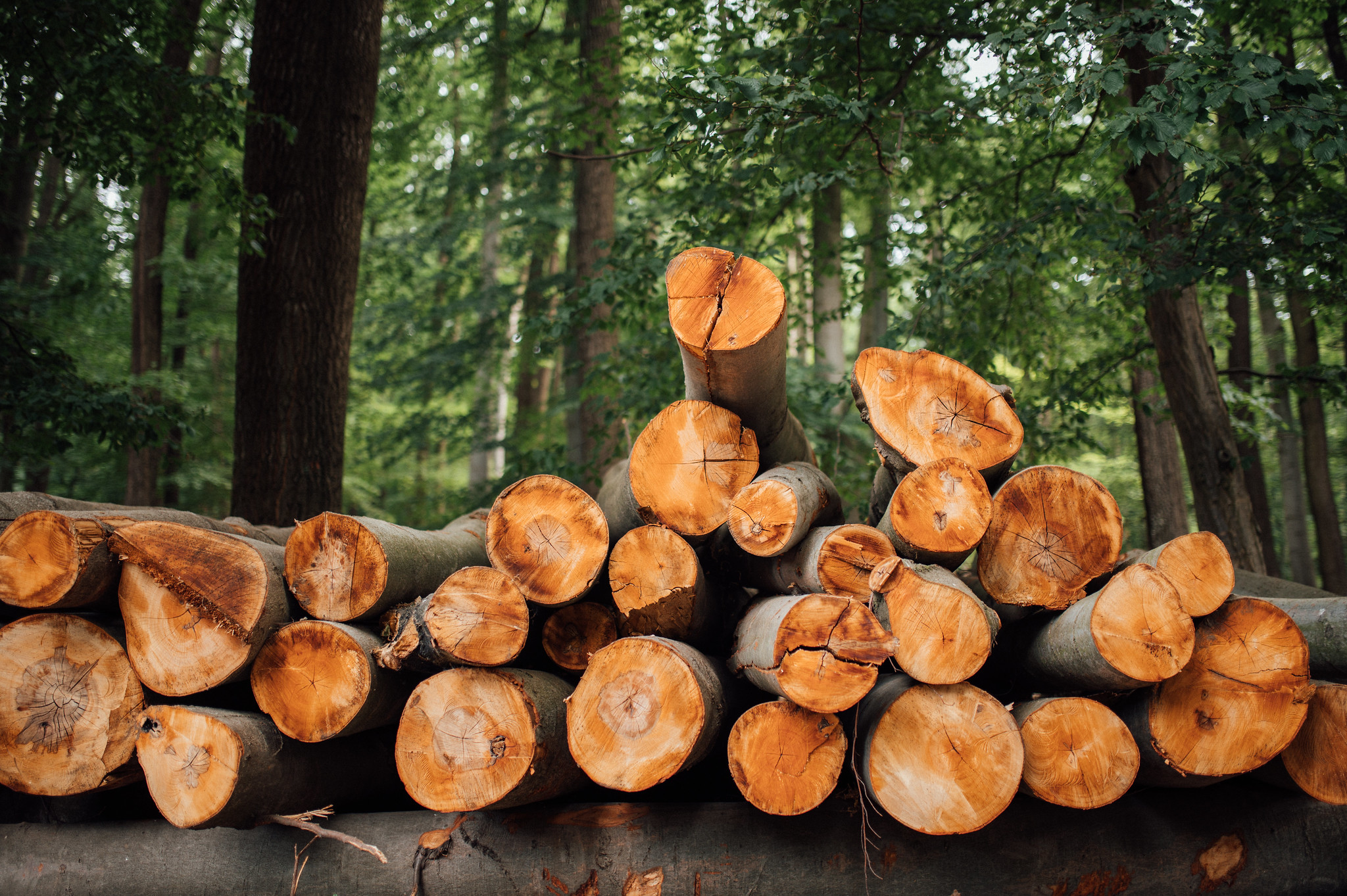Efforts to protect Oregon’s Owyhee Canyonlands continue
The Lower 48’s largest undeveloped, unprotected swath of public land

Cover photo: Owyhee River with canyons surrounding, Photo: Greg Shine, BLM via Flickr / CC0 1.0
In Oregon’s southeastern corner, the 2.5 million acre Owyhee Canyonlands offers a spectacular outdoor experience with its diverse set of natural wonders: colorful canyon peaks, racing waters and rare wildlife living undisturbed in their natural habitat. These features provide endless recreational opportunities, such as hiking up towering rock formations, walking along lava flows, and kayaking, canoeing or rafting on the Owyhee River as rainbow and redband trout swim alongside.
Rafting on the Owyhee River Photo: Big Dubya via Flickr / CC BY-NC-ND 2.0
While exploring, you can take a closer look at the sagebrush steppe, an ecosystem that is home to many types of birds such as golden eagles, burrowing owls and the threatened greater sage grouse. Bristling, green sagebrush is just one of many plants supported by the land’s unique soils. In fact, the Owyhee hosts at least 28 species of plants found nowhere else in the world, such as the Owyhee clover and Packard’s blazing star. Such a complex, one-of-a-kind ecosystem offers critical habitat for a wide variety of wildlife like pronghorn antelope, elk and even one of the largest herds of California bighorn sheep.
Owyhee Canyonlands from top of canyon Photo: Tyson Fisher
One of the best parts of hiking the various canyon peaks? The view you get at the top: an expansive desert interspersed with glistening rivers; countless shades of red rocks sheltering bountiful wildlife; nothing but land and life brushing a glowing horizon. At night, you can stargaze and take in a magnificent view of the sparkling Milky Way galaxy. Scientists say it may become one of the last few places to view the night sky in the lower 48 without light pollution. Such views give you a true sense of awe for your surroundings.
View of the Milky Way Galaxy from the Owyhee Canyonlands Photo: Jim Davis, 2020
Apart from the natural beauty and vital habitat, the Owyhee Canyonlands also has a rich Indigenous tribe history. There are 500 known archaeological sites connected to the Northern Paiute, Shoshone or Bannock tribes. These sites display such artifacts as clay pottery, woven baskets and handmade stone tools. It is important to acknowledge the people and culture that first inhabited this land, and these pieces of history give us the chance to do so.
Now, imagine this land exploited for mining or oil and gas drilling. This is more likely than you would expect because 95% of the Owyhee Canyonlands do not have permanent protection from such destructive practices. There are 170,000 gas leases nearby that threaten habitat fragmentation and noise and light pollution. Additionally, much of the Owyhee Canyonlands are vulnerable to new mining proposals, which could lead to air pollution and contamination of the Owyhee Rive. That would be a catastrophe for this fragile ecosystem.
So what are some options for protecting this place? Over a 75 year period, multiple proposals have been discussed, including designating the area as a national monument under the Obama administration. However, the 2016 occupation of the Malheur National Wildlife Refuge, lasting from Jan. 2 to Feb. 11, effectively stalled efforts to designate the Owyhee as a national monument. Just 100 miles from the Owyhee, a group of citizens took over the refuge to demand the government turn over the lands back to the locals.
However, these events haven’t stopped those who recognize the worth of this landscape from fighting to protect it. In 2019, ranchers from the area approached Oregon U.S. Sen. Ron Wyden to discuss a conservation plan for the Owyhee that would allow some continued use of the land for grazing. Indigenous tribes, conservationists and university scientists contributed to the negotiations that led to the Malheur County Community Empowerment for the Owyhee Act. A compromise amongst a diverse set of groups, the bill would designate 1.1 million acres of wilderness protection but still allowed certain portions of the land to be used for grazing and road building.
The bill received some criticism, including that it wouldn’t protect enough land from the damage brought about by grazing. Additionally, there were worries from tribes that the bill would not adequately preserve the 500 or more archaeological sites found in the area. In the end, the act stalled in Congress in 2020.
Despite these setbacks, work to preserve the Owyhee Canyonlands continues. The development of a new bill—similar to the first—is currently underway. This updated version will work to address some of the concerns expressed about the initial one. During a Feb. 5 virtual town hall, Sen. Wyden stated: “I’m definitely going to pull out all the stops to get this enacted in this Congress because this is a fresh approach to managing public lands.”
With places like the Owyhee Canyonlands at stake, fresh approaches like these could be the future of conservation. One thing’s for certain: The Owyhee Canyonlands should be permanently protected.
This blog was coauthored by Environment America intern Kristine Meader
Topics
Authors
Julia Dinmore
Find Out More

Where in the world do leatherback turtles go?

We’re hiring interns who envision a cleaner, greener world

EPA report says pesticides endanger wildlife


